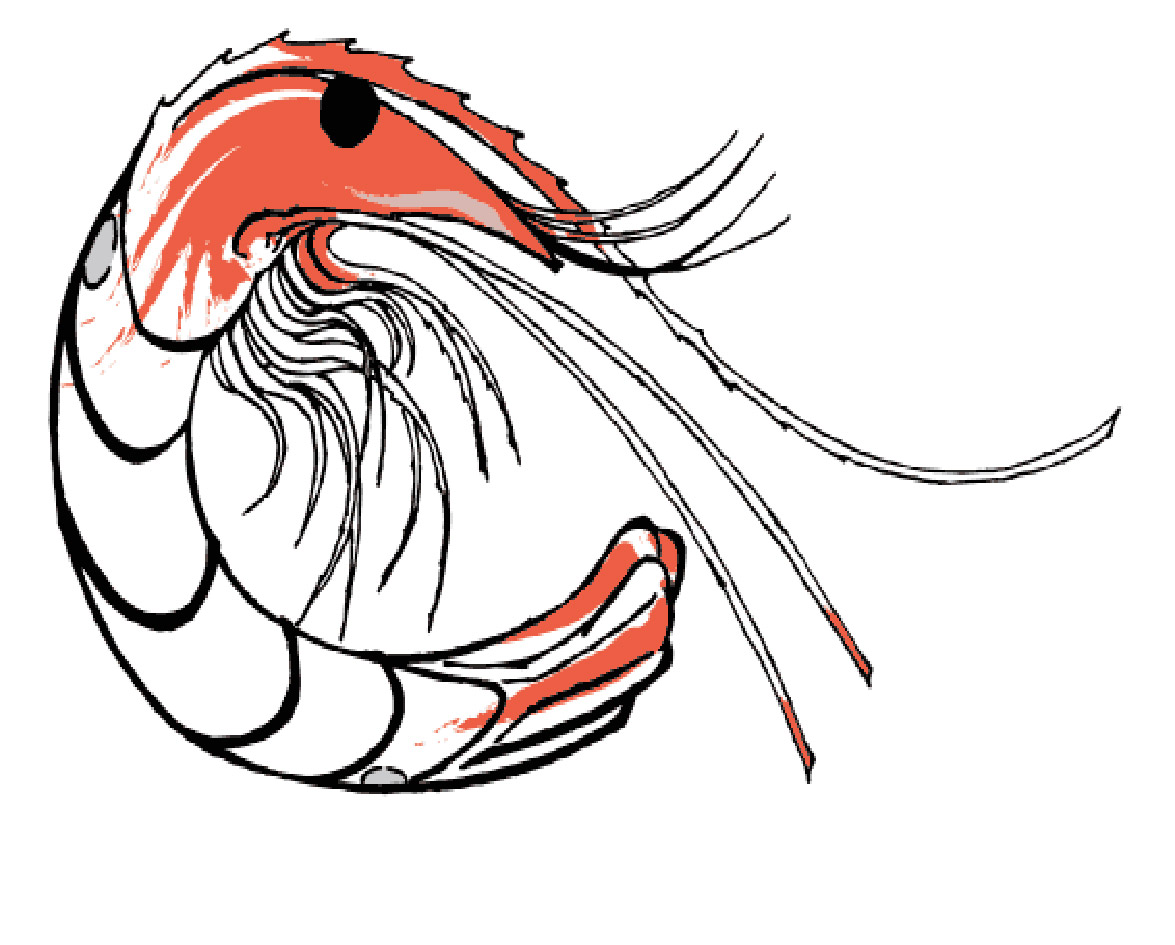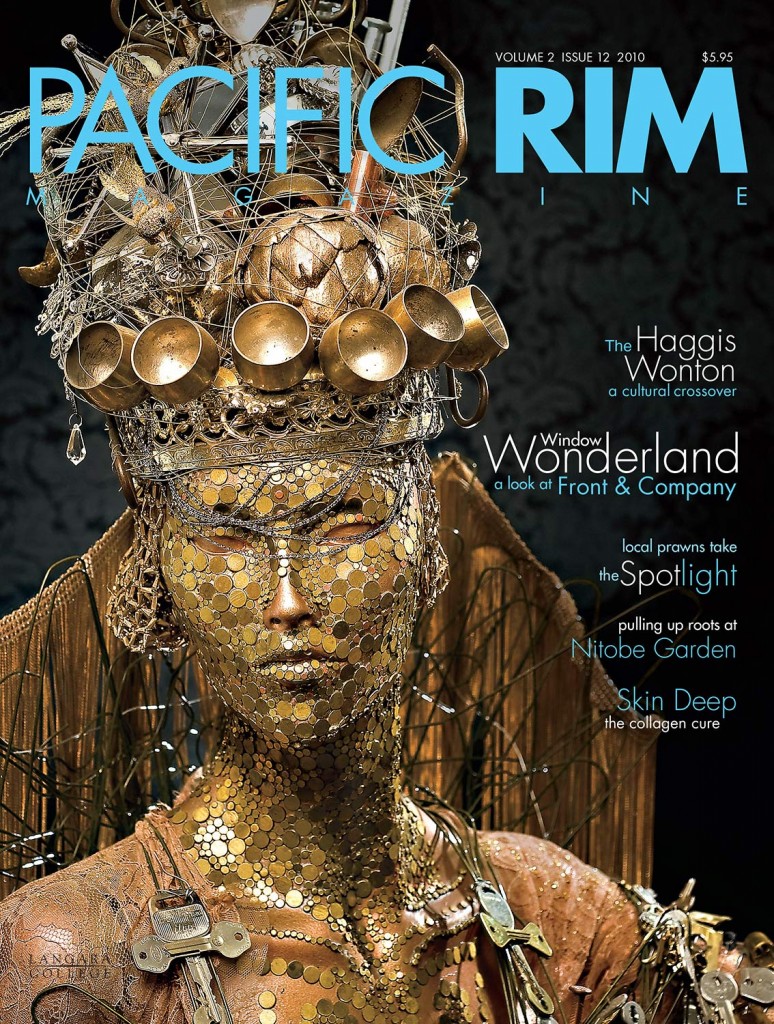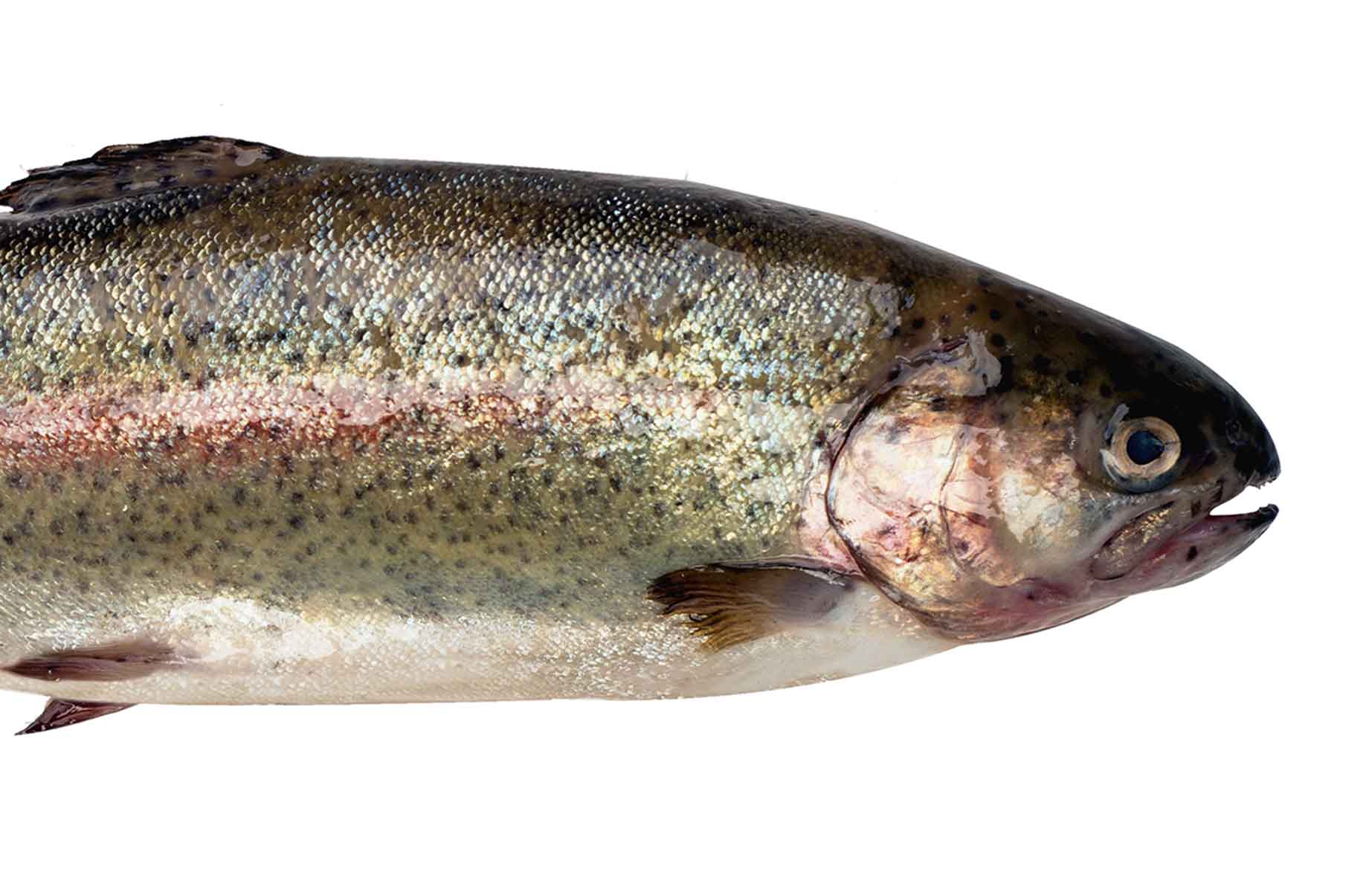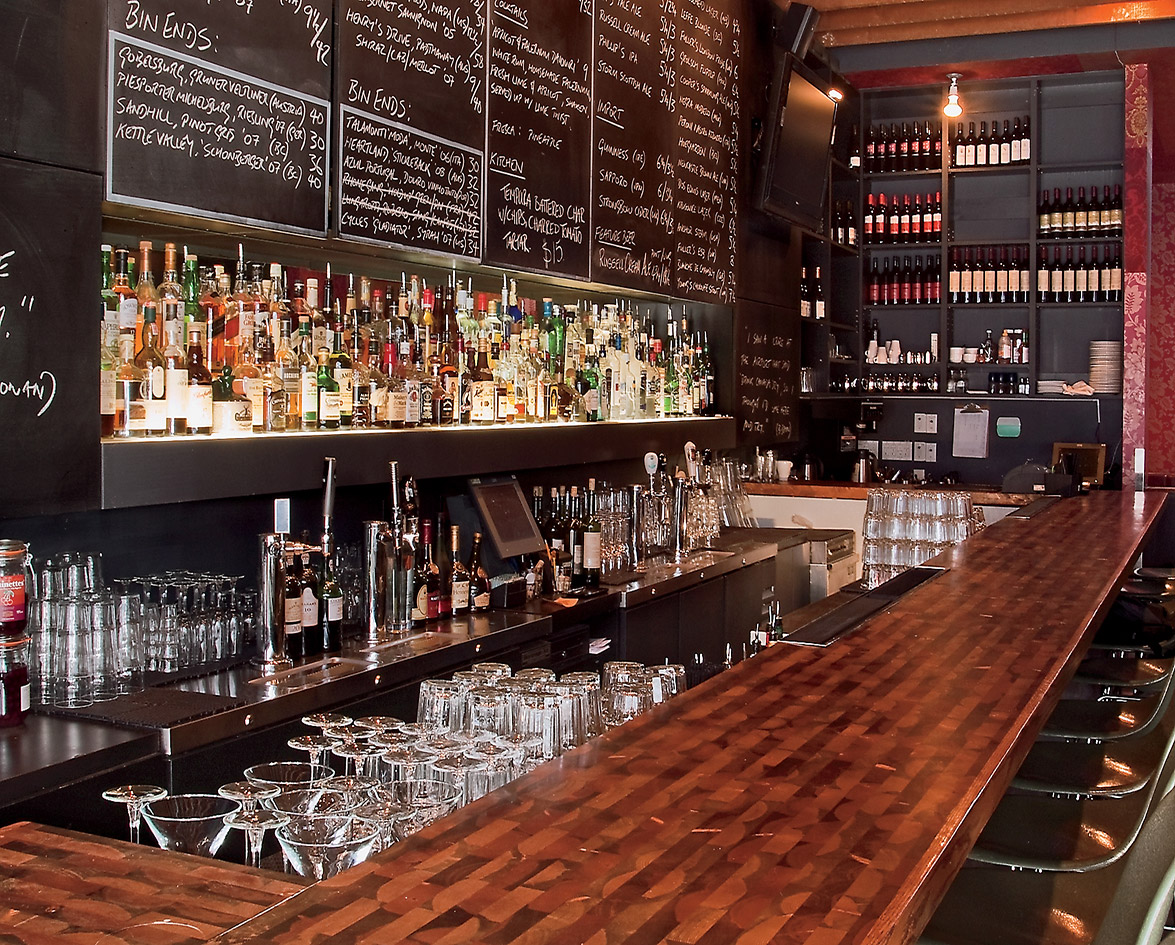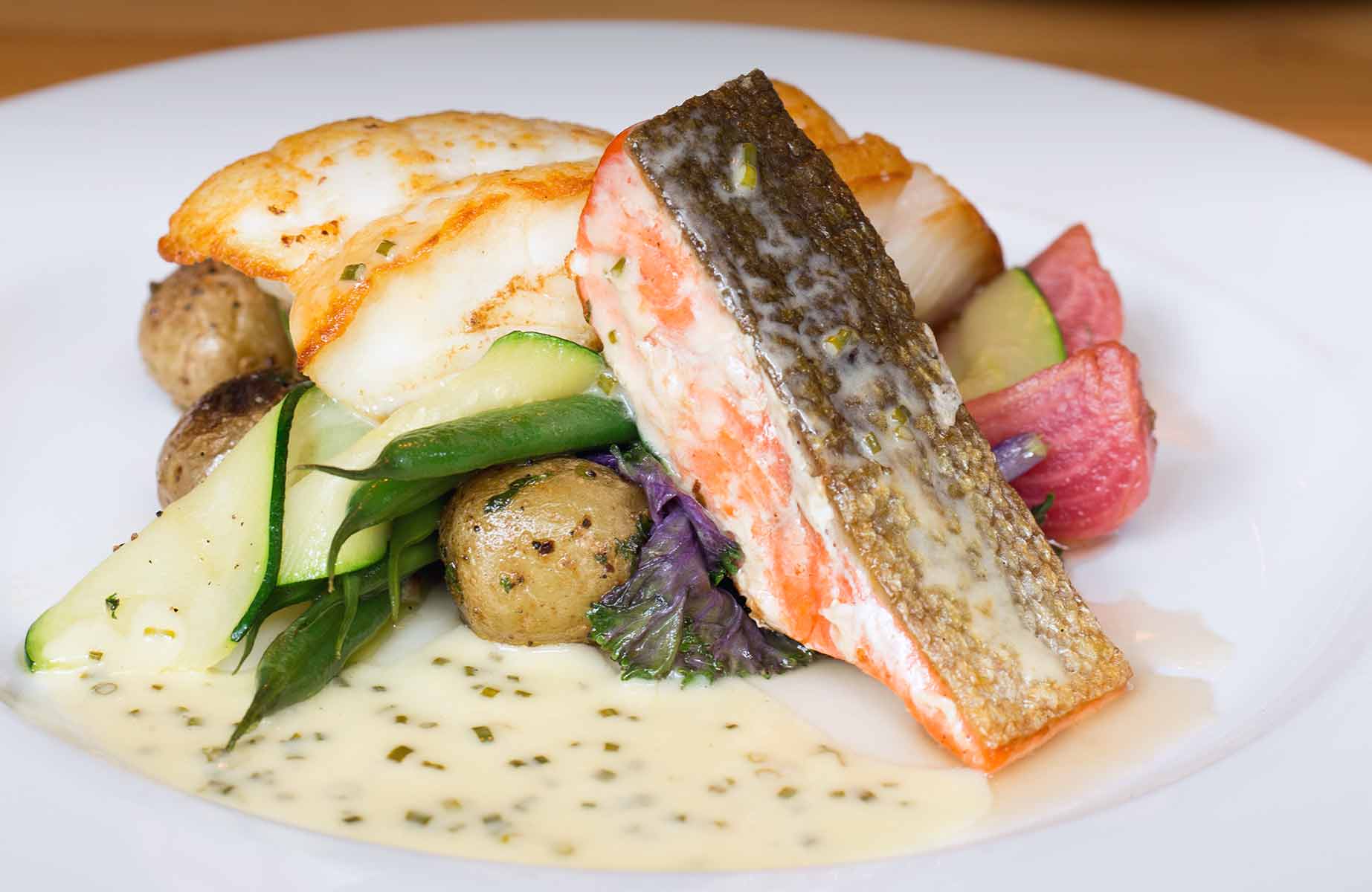Chef Josh Wolfe grabs pillows from around the trendy lounge of Vancouver’s Coast restaurant until he’s exactly comfortable. He works long days, often 15 hours or more, so he’s glad for a chance to sit down, especially when it involves talking about one of his favourite things: sustainable, local food. He pays close attention to each step food takes getting from its source to his kitchen. “It’s important that we know where our food comes from. We’d probably eat differently if we did,” he says.
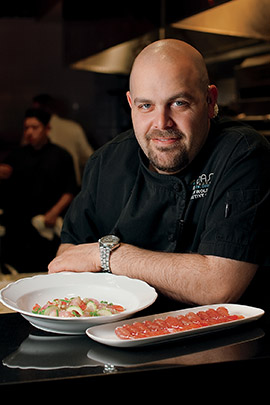
In a YouTube video of his spot prawn fishing adventures with local fisherman Steve Johansen, Chef Wolfe pulls a live prawn out of the water and bites into it. He says there’s magic in the texture of a raw spot prawn. “It has this crystalline crunch, like you’re biting into glass that just melts away.” This is a far cry from the humdrum-farmed tiger prawns you can buy almost anywhere.
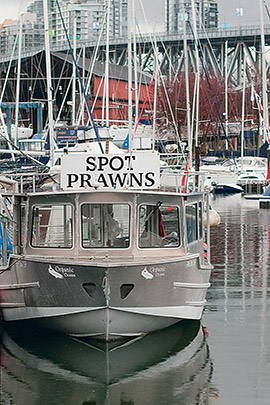
Wolfe says eating food that is grown, fished or caught nearby means you can verify that it has been treated right. It also means the money you spend supports your neighbours. While it used to be considered alternative to care about the economic and political impact of your food choices, it is now becoming mainstream. Food that hasn’t travelled halfway around the world before you eat it is usually tastier anyway.
BC Spot Prawn Festival
There is no better place to fall in love with delicious local food than the annual BC Spot Prawn Festival, where celebrated chefs cook up spot prawns on False Creek’s Fisherman’s Wharf near Granville Island. The festival begins when the fishery opens, which is decided by the Department of Fisheries and Oceans (DFO). In 2009, it opened on May 8 and ran for eight weeks. The festival was started in 2007 by Rob Clark, Executive Chef of C Restaurant and founding board member of the Chef’s Table Society of BC, in an effort to get more people hooked on this great local ingredient. In addition to the festivities at Fisherman’s Wharf, which drew 2,000 visitors last year, 40 local restaurants including C, Fuel, Vij’s, and Go Fish featured special spot prawn tasting menus.
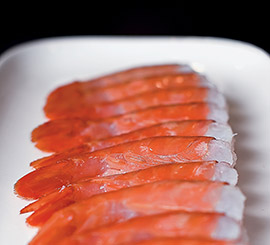
If you’re not into multi-course feasts and prefer to cook at home, steam the prawns quickly to preserve their sweet, nutty flavour. Whatever you do, don’t overcook them, advises Johansen, who can be found at Fisherman’s Wharf selling local seafood from his boat, Organic Ocean #1, almost any time he’s not out on the water.
Last year marked a milestone for spot prawns. They were named “Ingredient of the Year” by Vancouver Magazine, and Save-On-Foods started carrying them. Getting them into major grocery stores is a big deal because people are able to find them more easily. And let’s face it, when it comes to grocery shopping, convenience is key.
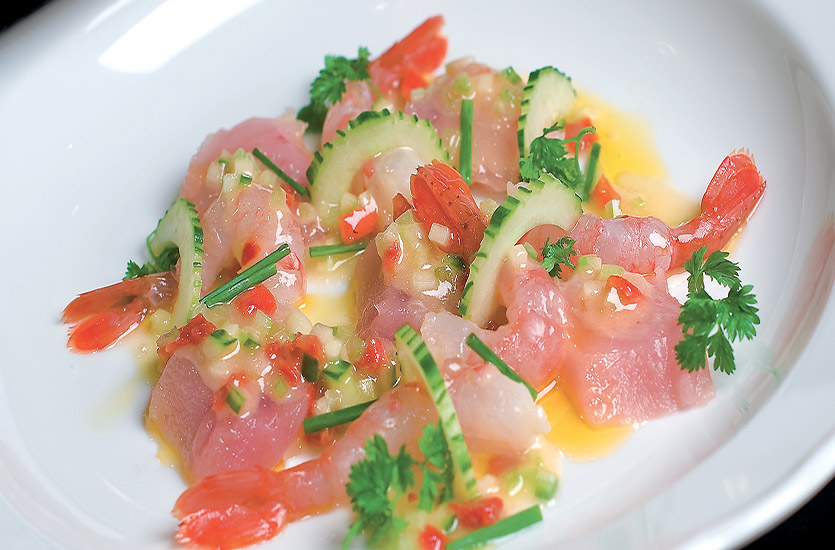
Spot Prawns More Sustainable and Ocean Friendly Than Their Cheaper Counterparts
Despite their recent increase in popularity, spot prawns make up only a fraction of the prawns eaten in Vancouver. Most people are still choosing imported tiger prawns. Although wild tiger prawns are available in select stores, they are trawler caught, so they are the less sustainable option. If you’re among the millions who saw Forrest Gump, you’ll probably remember the Bubba Gump shrimp boats. Those are trawlers. Trawling nets scoop up everything in their path, including other fish, plant life or, like in the movie, boots and tires. This method allows little control over what is harvested from the sea. BC spot prawns, though, are caught with traps. There’s virtually no by-catch and Ocean Wise, a conservation program run by the Vancouver Aquarium, calls the BC spot prawn fishery one of the most sustainable fisheries in the world. On the Ocean Wise website, sustainable seafood is defined as “species that are caught or farmed in a way that ensures the long-term health and stability of that species, as well as the greater marine ecosystem.”
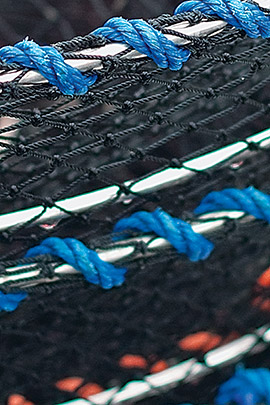
.
Most of the tiger prawns you see in stores and restaurants are farmed. Over 900,000 tonnes are harvested annually, two-thirds of which come from farms on the deltas of South East Asian countries like Vietnam, Thailand and Indonesia. These farmed tiger prawns are cheaper than wild spot prawns, but the sacrifice in quality outweighs the savings. Johansen says there’s a reason you rarely see them served on their own in a restaurant. “They don’t taste bad, they don’t taste good; they taste like a rubber band.”
Tiger prawns are just a product of how they are raised, though. So far, tiger prawn farming is poorly regulated. Pesticides, disinfectants and antibiotics are used to keep the prawns alive in the holding ponds, which Johansen calls “sewer lagoons.” The farms are often deserted when their productivity lags; what’s left behind is polluted land that is usually unfit for crops.
The spot prawn fishery, on the other hand, is highly regulated. There are a total of 252 licenses distributed in BC each year, and each boat is allowed to put down 500 traps inside the hours of 7 a.m. and 7 p.m. The fishers can only bring up their traps once a day and have to return prawns that are too small (with a shell less than 33 mm long) to the water. They must also release any berried females (ones that have eggs along their belly).
The DFO decides which sub-areas of the fishing grounds to keep open. This depends on how many females are being caught. Spot prawns are hermaphroditic, meaning they spend the first part of their life as males, and then switch over to being females in order to lay eggs. At this period in their life they are called spawners. If there are too many spawners being trapped, the DFO closes that sub-area in order to ensure that numbers remain at a sustainable level.
Vancouver is ready to change its stripes to spots. Currently 90% of BC’s spot prawns are sold on the foreign market—mostly to Japan—but from the look of recent trends things won’t stay that way for much longer. Vancouverites are becoming more aware of local, wild and sustainable food choices, so expect to see these tasty spot prawns replacing tiger prawns at restaurants and dinner parties all over the Lower Mainland.





